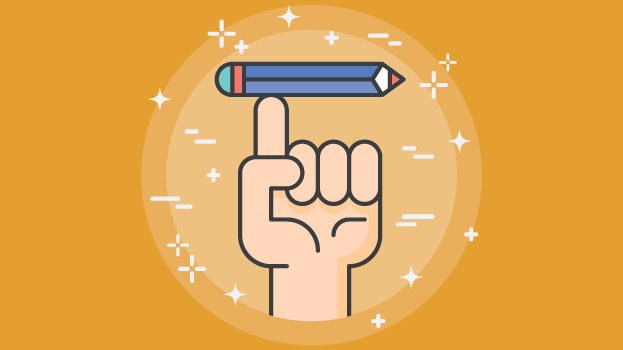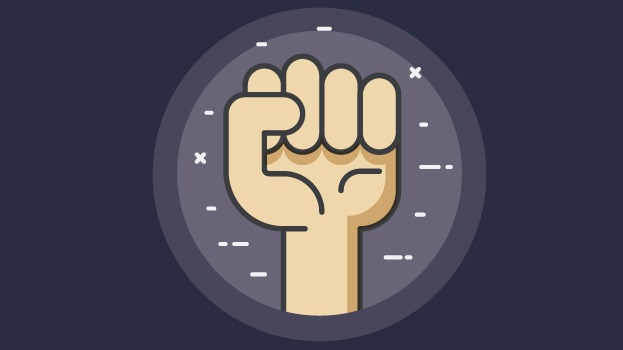Employee onboarding is a stressful time for all involved.
That’s why it’s crucial to have a plan in place to achieve onboarding goals without causing unnecessary burdens. While some may regard onboarding as a one-day incursion (this would instead be induction), the process is a lot longer. The consensus among HR professionals is that it should typically last three months.
One of the purposes of onboarding is to show off your organisation’s culture and help hasten the new employee’s integration. The faster employees are welcomed into the company fold and prepared for their job, the quicker they can contribute to your company’s mission successfully.
What Is The Employee Onboarding Process?
Employee onboarding, sometimes referred to by HR professionals as organisational socialisation; is the process a person undergoes to learn and adjust to the expectations, knowledge, skills, attitudes, and behaviours when either joining a new organisation or undertaking a new role within it.
The onboarding process begins well before the first or “induction” day and typically has four to five phases; pre-onboarding, first day, training, growth, and ongoing employee development. However, for many organisations, it usually is only the first two or three steps.
Organisational socialisation is supposed to result in employee integration, heightened productivity, satisfaction, and commitment. However, without completing the onboarding fully, many companies, unfortunately, achieve less than desirable outcomes, dissatisfaction, stress and low morale, to name a few.
With an estimated 64% of employees more likely to quit within a year due to a poor onboarding experience, companies need to get this stage right. This is in stark contrast to the 69% of employees more likely to stay with a company for three years who experience a positive onboarding process.
That’s why we’ve outlined five ways to perfect your employee onboarding process:
1. Preparation Is Key
As the great Scottish inventor Alexander Graham Bell said, “Before anything else, preparation is the key to success.” While it’s a no-brainer to be prepared, you’d be surprised how many companies aren’t. A whopping 36% of organisations don’t have a structured onboarding process in place.
To be prepared, you need to start well before Day One. Some important things to remember include;
– Order electronics (if needed) like; laptops, computers, phones, and other required devices
– Ensure you have installed all necessary software
– Have their email, business card, and email signature ready to go
– Clean and set up their desk
– Arrange office keys, and car passes
– Compile your company’s swag bag
These are essential to maintaining an orderly onboarding process. Your new hire likely will already be a bit nervous and stressed about joining a new company – alleviate that by ensuring everything is ready for them.
2. Go Digital!
While in-person onboarding is always the ideal situation, it doesn’t mean that some processes can’t be digital. Besides saving the environment, going paperless can save you storage space and time and minimise the burden on your employee and their manager.
Some onboarding processes that can go digital include:
– Contract and declaration signing
– Setting up meetings and introductions (through automation)
– Training that is necessary but not required to be undertaken by the manager (like, work health safety information)
– Evaluation surveys
These can significantly lower the manpower required and give the employee flexibility to finish these tasks. In addition, as they are digital, they can be stored securely and should you need to refer to a document, you can search for it without rifling through files.
Online training significantly alleviates the stress placed upon managers. Given how time-consuming onboarding is, managers struggle to complete those tasks on top of their own work responsibilities. Online tools can remove the extra training managers don’t need to conduct. Having the manager work in tandem with online tools ensures that the critical training that needs to be undertaken one-on-one can receive a manager’s full attention.
3. Arrange A Team Lunch / Team Activity
A team lunch or activity is the perfect way to facilitate integration and foster connections. This is an excellent opportunity for the employee to move from the interview stage to the social one. A gathering lets the team bond casually and lets everyone be comfortable.
Your new hire can gauge the company’s culture, learn names, and build relationships with colleagues through this lunch or activity. Additionally, trust will be made, which is essential to good-functioning teams. Activities primarily assist with fostering creativity and innovation in the workplace.
4. Implement A Buddy Program
A buddy program involves connecting your new hire to a veteran employee. They don’t necessarily (and it’s probably better not to) need to be in the same department. This knowledge-sharing experience lets your onboarding employee learn more about the company’s culture in a relaxed manner. The program can run for however long and can be as frequent or infrequent as your employees want. A buddy program has a wealth of benefits like:
– Accelerate productivity
– Enhance job satisfaction
– Hasten (workplace) cultural integration
In fact, a study found that employees who were part of a buddy program were 23% more satisfied with their onboarding.
5. Review. Evaluate. Amend.
As with any process or project in the workplace, you always need to evaluate its effectiveness. Did we achieve the outcomes we set out? Is there a way we can streamline or improve upon the process next time? These are all achievable through reviews and evaluations.
Surveys can easily be arranged online and sent to their email. Their results can give you invaluable insight into where your onboarding is succeeding and failing. Using this knowledge, you can amend your process accordingly.
Some questions you could ask include:
– What was the best part of the onboarding?
– What was the worst part of the onboarding?
– How prepared did you feel?
– What would you want to improve our onboarding process?
Onboarding is a stressful time for everyone – but it doesn’t have to be that stressful. Small changes can make a world of difference to your process. Getting it right can improve retention, and increase productivity and employee satisfaction. It can also reduce the burden managers and supervisors face when running it.













 August 3, 2022
August 3, 2022 







